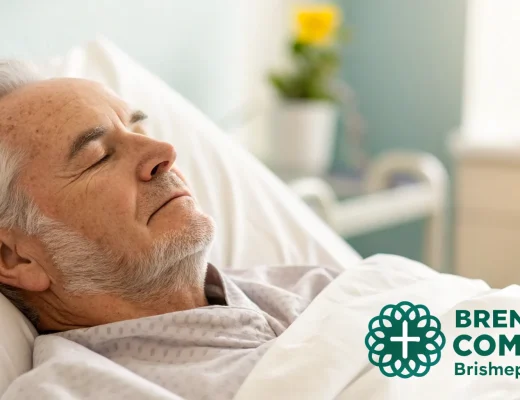
The state pension system in the United Kingdom could face financial unsustainability as early as 2036, despite recent increases in National Insurance contributions. This warning comes from new modelling by the Adam Smith Institute (ASI), a think tank. The ASI found that the Treasury is on course to spend more on welfare payouts than it receives in National Insurance receipts within just over a decade.
This tipping point, which the ASI refers to as a “fiscal crisis moment,” occurs when the system becomes structurally dependent on reserves from the National Insurance investment fund rather than current tax revenue. According to the ASI’s updated dynamic fiscal model, national insurance hikes had extended the system’s lifespan by just one year, pushing its insolvency threshold from 2035 to 2036. Maxwell Marlow, director of public affairs at the ASI, said, “The latest analysis shows we are taxing workers and firms harder, and suppressing growth, just to keep the State Pension alive for one more year.
It should alarm us all that such drastic action produces such a marginal result.”
The think tank has again called on the government to suspend the state pensions’ so-called ‘triple lock’ – a mechanism that increases pensions annually by the highest of inflation, earnings, or 2.5 percent. The policy has been described by economists as fiscally “ratcheting” and increasingly unviable in an ageing society.






